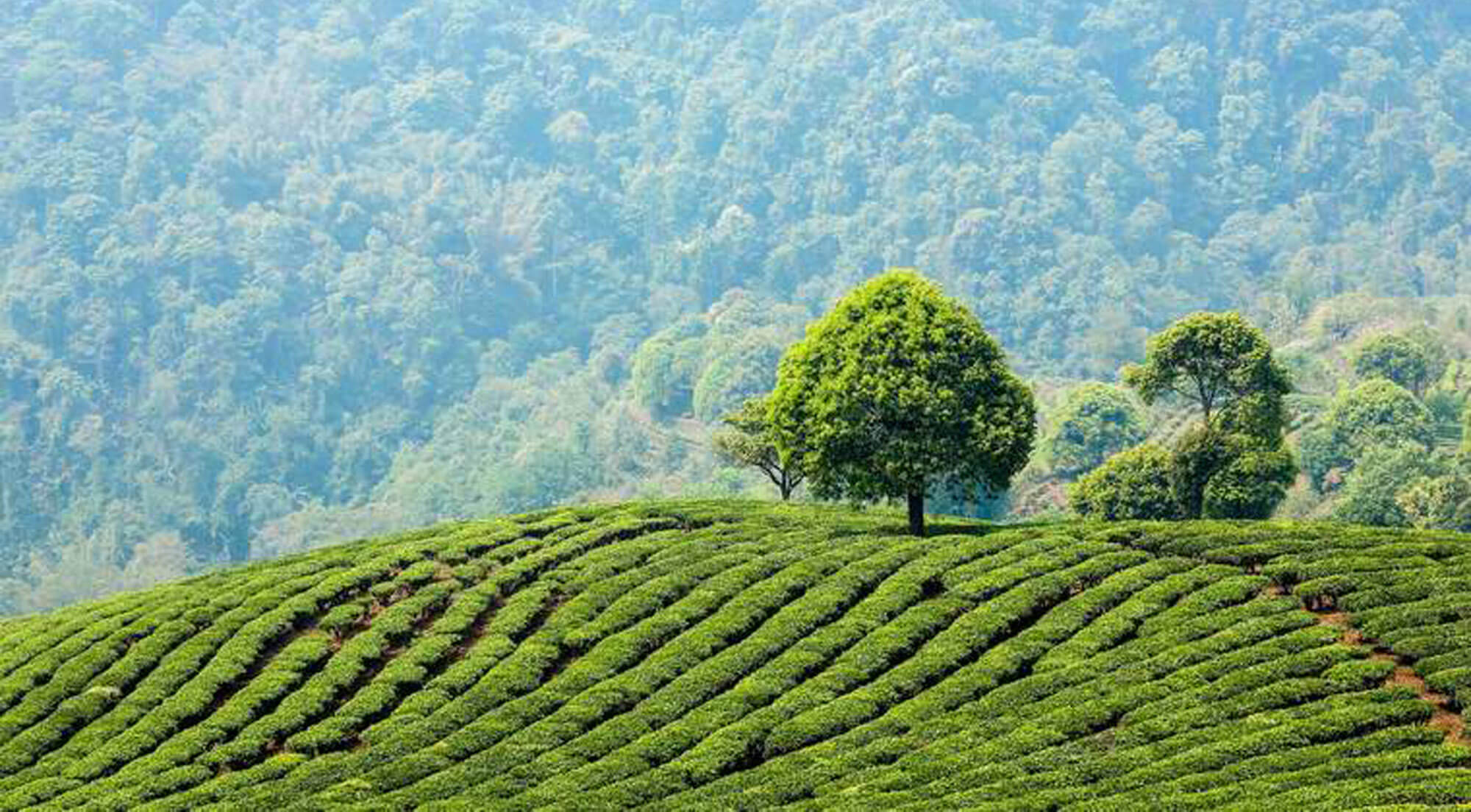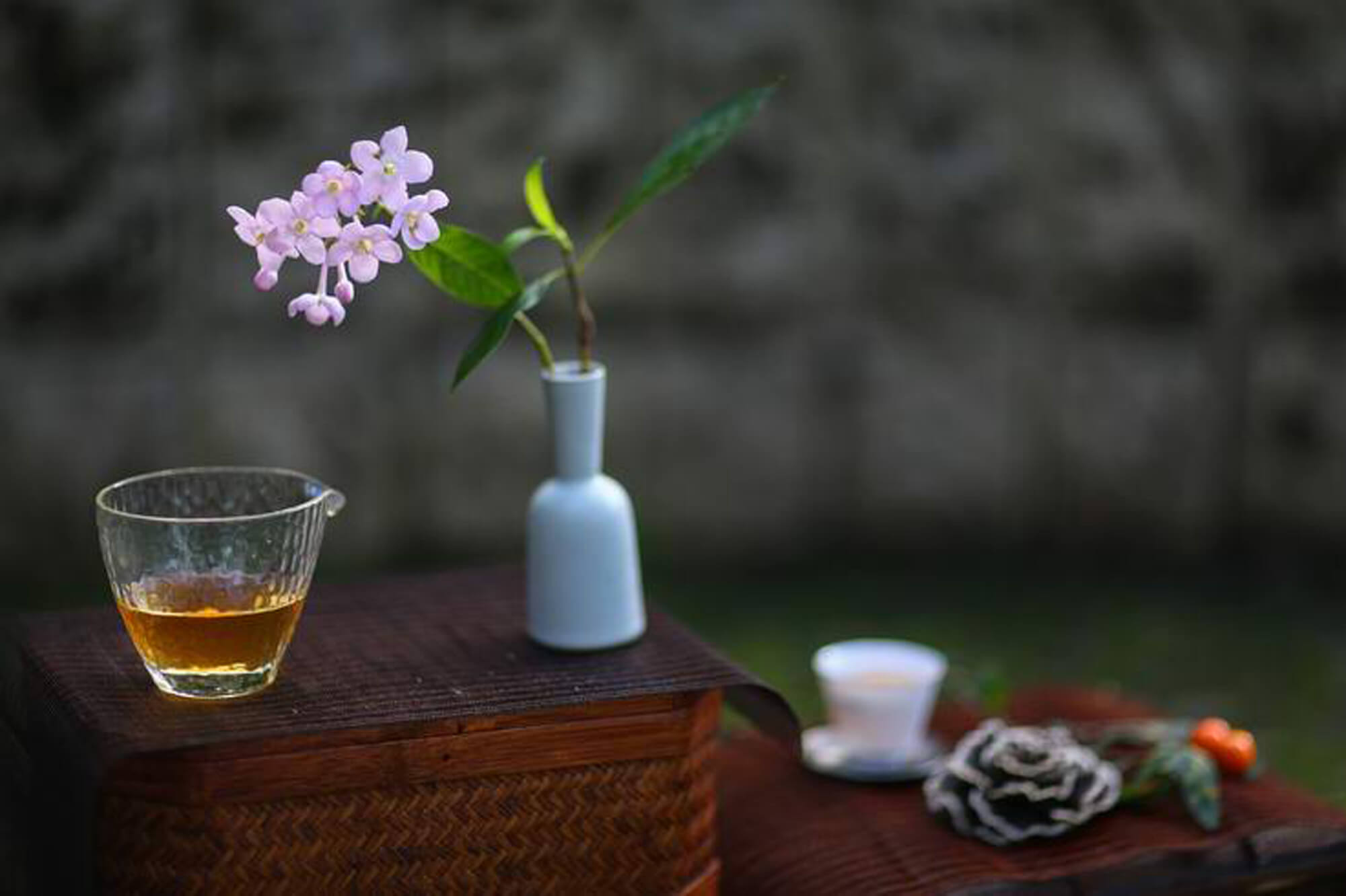Tea Knowledge & Culture
Han Dynasty: Tea Drinking Initiated in Southwest China
According to historical records, at the time of the Zhou Dynasty (1046 B.C-256 B.C.), there were tea plantations operated by people in Sichuan Province, and tea was made and offered as a tribute to the Zhou imperial court every year from that time.

However, it has been suggested that, initially, tea was not used to make the popular beverage we drink today. A variety of theories exist on the first uses of tea leaves and the origins of tea as a beverage. One theory proposes that tea leaves were first introduced in combination with a blend of other materials to enhance satisfaction after a meal, and promote a smooth digestion. Other theories suggest that tea leaves were used mainly for detoxification or medical treatments, and there are records of ancient prescriptions using tea as an ingredient. But regardless of these speculations, it is evident that tea only became a daily beverage via the method of decocting the leaves (extraction through boiling) into tasty, thirst-quenching, mind-refreshing tea liquor following a period of being used in other forms.

In the Western Han Dynasty (202 B.C.-9 A.D.), a Sichuan resident named Wang Bao wrote an article about a contract signed between himself and his servant, which stipulated the details of the servant’s daily work, including tea purchasing and decocting. So, we can be certain that people in southwest China were in the habit of drinking tea at the time.
